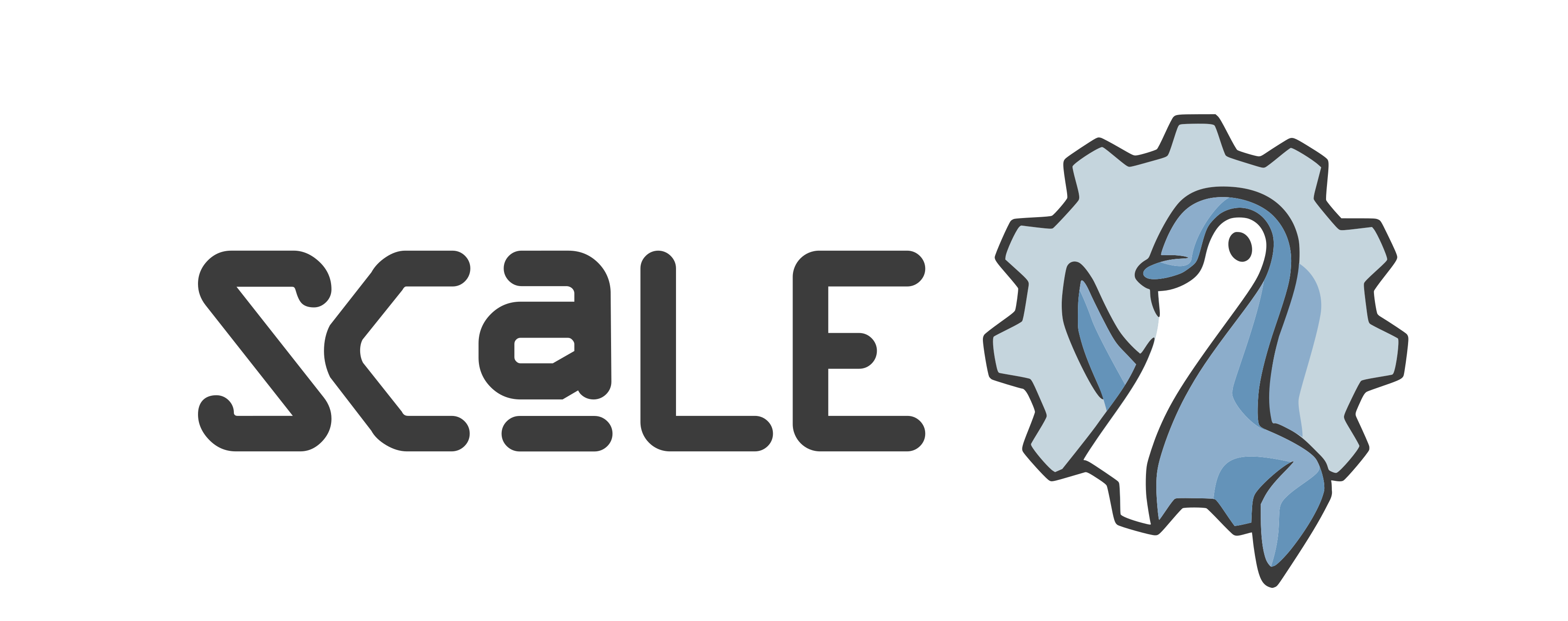Open Source software is alive and well. However, if you asked a member of a PC Club (ie Windows) about Linux, he or she might or might not know about it. Even if they did and were interested, they'd probably have no idea how to get started with it
In an effort to rectify that, we'll be conducting an "absolute beginner's" training class at SCALE 10X. It will start Saturday morning with an overview of the Linux landscape, and end up Sunday afternoon with the student taking their computer home with Linux on it, having gotten some training on not only how to use Linux but how to administer it.
Here's an article SCALE has submitted to about a dozen local PC clubs to entice their membership to attend SCALE, and to advertise the class:
Linux Inside
Where will you find Linux … Inside your phone? In your car? In your living room?
Open Source Software has long been at home in the data center, providing the engine to drive everything from web servers to high performance computing to Cloud. Its versatility, combined with low cost and massive community are pushing it out of the raised floor and into your pocket.
Let's take a look inside a typical consumer router as an example. Chances are, you'll find Linux at the core.
The venerable WRT-54G from Linksys was probably the first of these devices to become popular because of Linux. OK to be fair, Linux itself wasn't the draw so much as was the openness of the platform. Once they found a way in, enterprising coders were able to write alternative firmware which ran on the router's Linux kernel. Features not available in the stock firmware were added or unlocked providing additional value to the device, along with reported stability improvements.
That was in 2002. Today, there are three popular (and other less popular) versions of alternative firmware – OpenWRT, DD-WRT and Tomato – which will run on a wide range of home routers. Even routers which are not “open” to these third party choices are very likely running Linux.
Network storage has been popular in business for many years. Simple to set up, easy to scale and very shareable, NAS devices like those from Network Appliance made fortunes. In 2011, your local Best Buy, Staples or Fry's will offer a selection of affordable NAS devices for consumers. Chances are excellent that Linux is powering the storage along with the attendant networking, RAID, sharing protocols and backup. Many NAS boxes include connection to Cloud services such as Amazon's S3 (also running Linux) for offsite backup, bridging home and enterprise applications of Open Source.
An unlikely haven for Linux actually came from Microsoft. The Xbox has long been one of the top gaming console platforms. When it was first introduced, curious technology buffs quickly found out that there was a pretty decent computer with high quality graphics inside the sleek, white housing. Because Microsoft's pricing strategy was to subsidize the console costs with revenue from software (games) and online services like Xbox Live, an Xbox as a PC was more valuable than a specialized appliance.
Once again, the ingenuity of Linux lovers shone brightly as someone discovered a game could be tricked into loading a Linux kernel instead of a player profile. Taking advantage of this back door and the available hardware, Xbox Media Center was born. This Open Source media hub application now runs on Linux, Mac OS X, iOS, Apple TV, and Windows. In fact, XBMC is the basis for another Open Source media center, Boxee. Available for your Mac, PC, Linux computer or even as an appliance (the D-Link Boxee Box), Boxee puts a high quality content engine in your living room.
And even though debate continues about its openness, Android runs on a Linux kernel at its heart. Fast, powerful and feature rich phones may not be everyone's cup of tea, but for those who embrace the concept of the smart phone, Android operating system powers some of the best.
So the next time someone asks “What O/S are you using?” think before you answer “Oh, I just run Windows.”
If you'd like to learn more about Open Source Software, join us for the 10th – that's right, tenth! – Southern California Linux Expo. SCALE10x will be held January 20-22 at the Hilton Los Angeles Hotel near LAX. A special addition this year is a two-day Beginner class for those wanting to take the plunge in an assisted setting. Mention promo code PCUG for a 50% discount off a full expo pass.
See you there.
